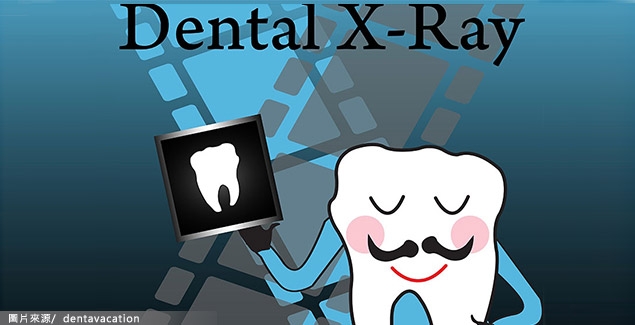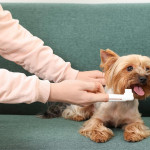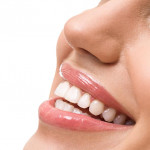
Myth #1: Dental X-rays dosage may be harmful to human body.
Truth #1: Dental X-rays are generally well below the occupational exposure limit for the human body.
Based on the American Dental Association website, the National Council on Radiation Protection and Measurements (NCRP) has stated that the total limit for occupational exposure is 50 millisieverts (mSv) within one year. The NCRP also estimated that the current average effective radiation dose from the total sources in the United States is 6.2 millisieverts (mSv) per year (with half of that amount being man-made, while the other half from natural resources).
According to California Dental Association, the effective dosage from patient receiving a bitewing set of x-rays (dental films) ranges around 0.022mSv to 0.051mSv, which is well below the occupational exposure level provided. To put things in perspective, a typical medical child CT scan would have the effective dosage range of 5mSV to 60mSV.
Myth #2: You don’t need to take dental x-rays at the dental visit
Truth #2: To properly evaluate your mouth, a reasonable amount of dental x-rays are mandatory.
Many patients have resisted the notion of taking x-rays at their very first visit, or even for the recall exams. However, as a dentist, it is imperative for us to properly diagnose dental problems with the assistance of x-rays. It is generally recommended to take full set of x-rays for the first visit patients to evaluate the overall health of the teeth. For returning patients, 4 bitewing and 2 pericapical x-rays are recommended every 6 months for patient with cavities or other recurring dental issues, or 2-3 years for patients with excellent oral hygiene and no cavities.
Myth #3: You ONLY need to take x-rays on the area that is bothering you.
Truth #3: A comprehensive evaluation of your mouth requires dental x-rays to be taken at areas that may not be bothering you at this time.
A full set of x-rays should be taken at the first visit, in order to pin-point any dental issue, whether it is symptomatic or not. Often times, asymptomatic teeth do not mean problem-free teeth. A small, tiny, painless cavity (often times just requiring a filling) is much more easily addressed than a painful, aching tooth (often times requiring either root canal treatment or extraction). Detecting these unseen dental problems can be beneficial for the overall oral treatment for the patient.
Myth #4: Dentists should be able to make diagnosis based on dental exam ALONE.
Truth #4: Clinical exam and dental x-ray together make the most accurate and reliable clinical diagnosis for the patient.
X-rays are imperative in properly diagnosing patient’s dental disease. According to CDA articles, X-rays assist in detecting dental cavities, various levels of gum disease, infection or abscesses, numerous abnormal growths (such as tumors or cysts), and properly locate the impacted or unerupted teeth. Most of the above conditions may not necessarily be detectable with clinical exam alone. In order for dentists to provide the most reliable clinical diagnosis, clinical exam and dental x-rays are both necessary.
Resources:
http://www.fda.gov/radiation-emittingproducts/radiationemittingproductsandprocedures/medicalimaging/medicalx-rays/ucm115329.htm
http://www.cda.org/Portals/0/pdfs/fact_sheets/xrays_english.pdf









Polygon recent comments